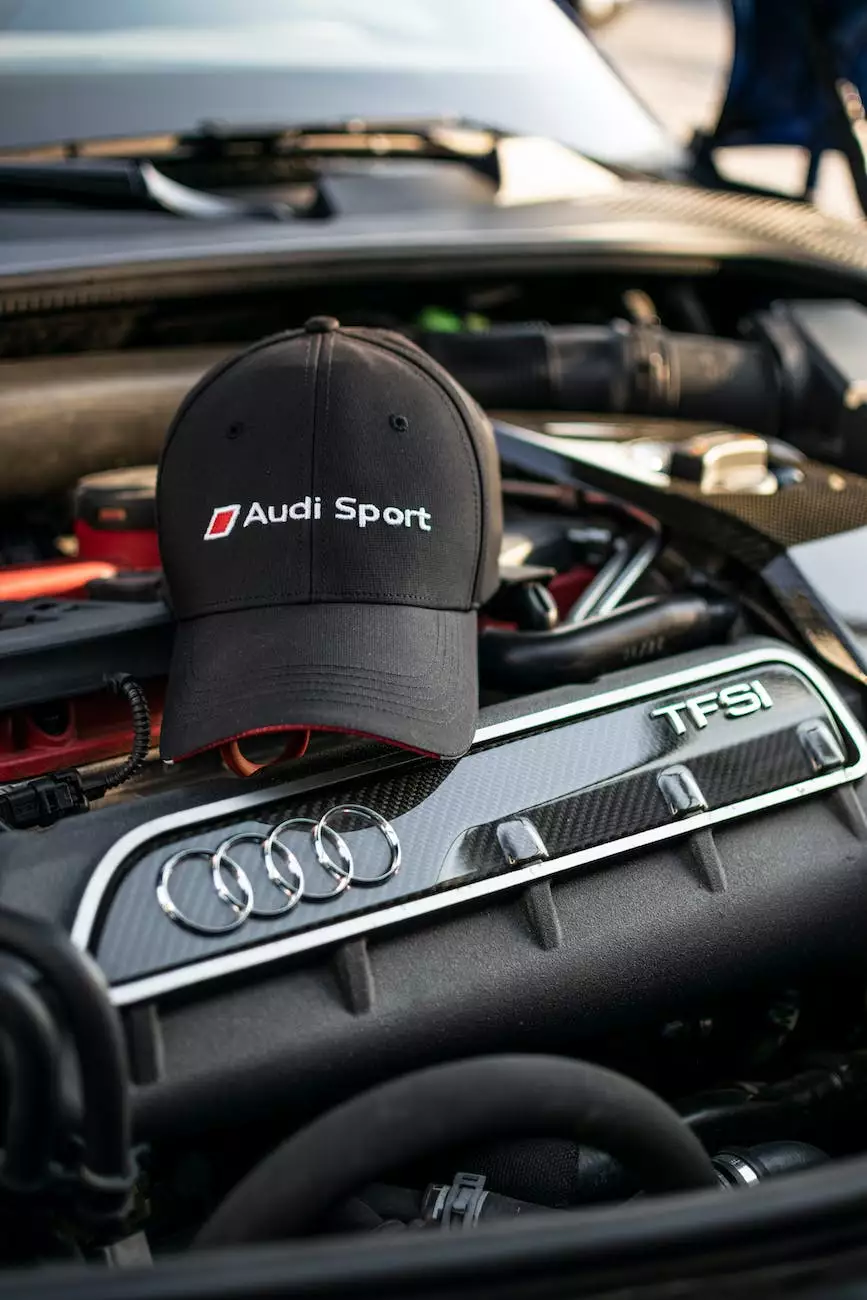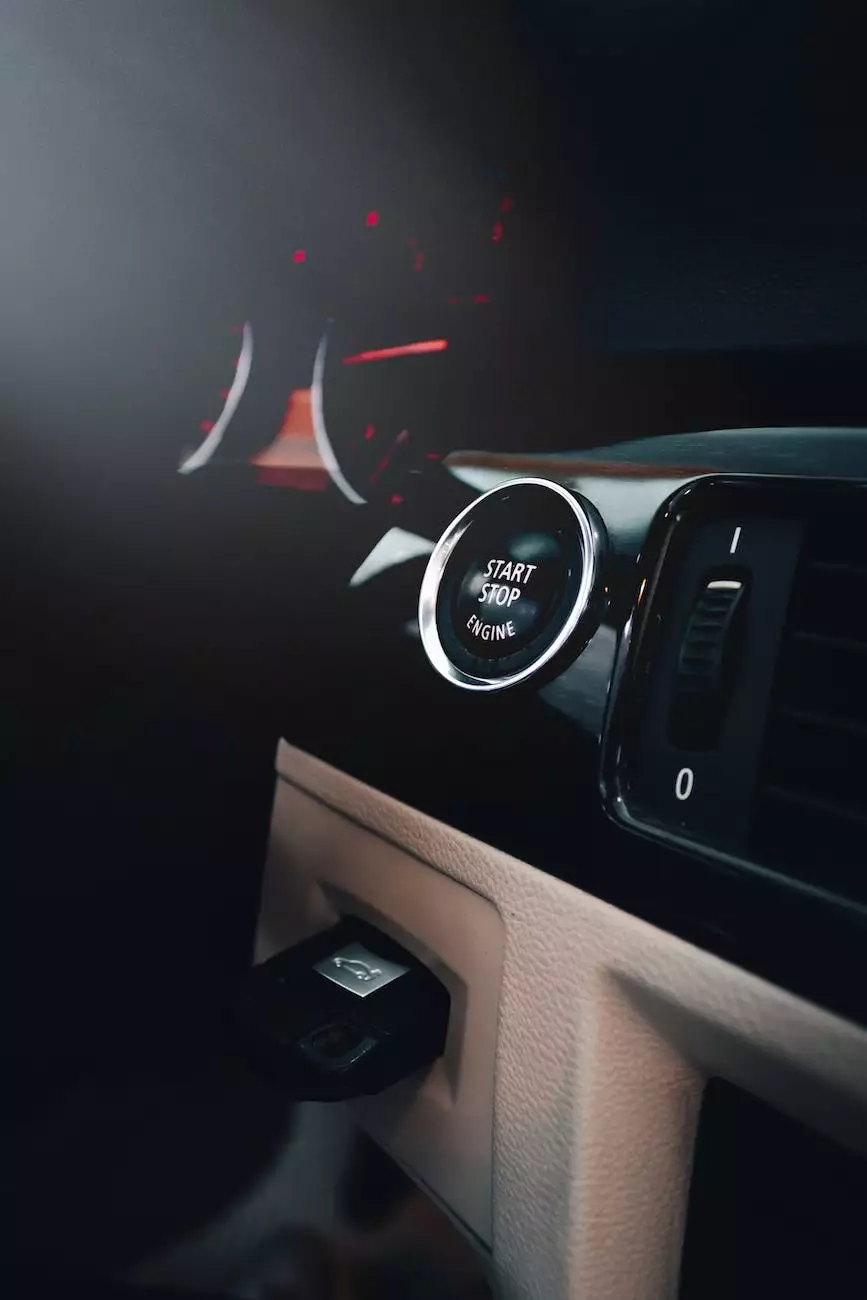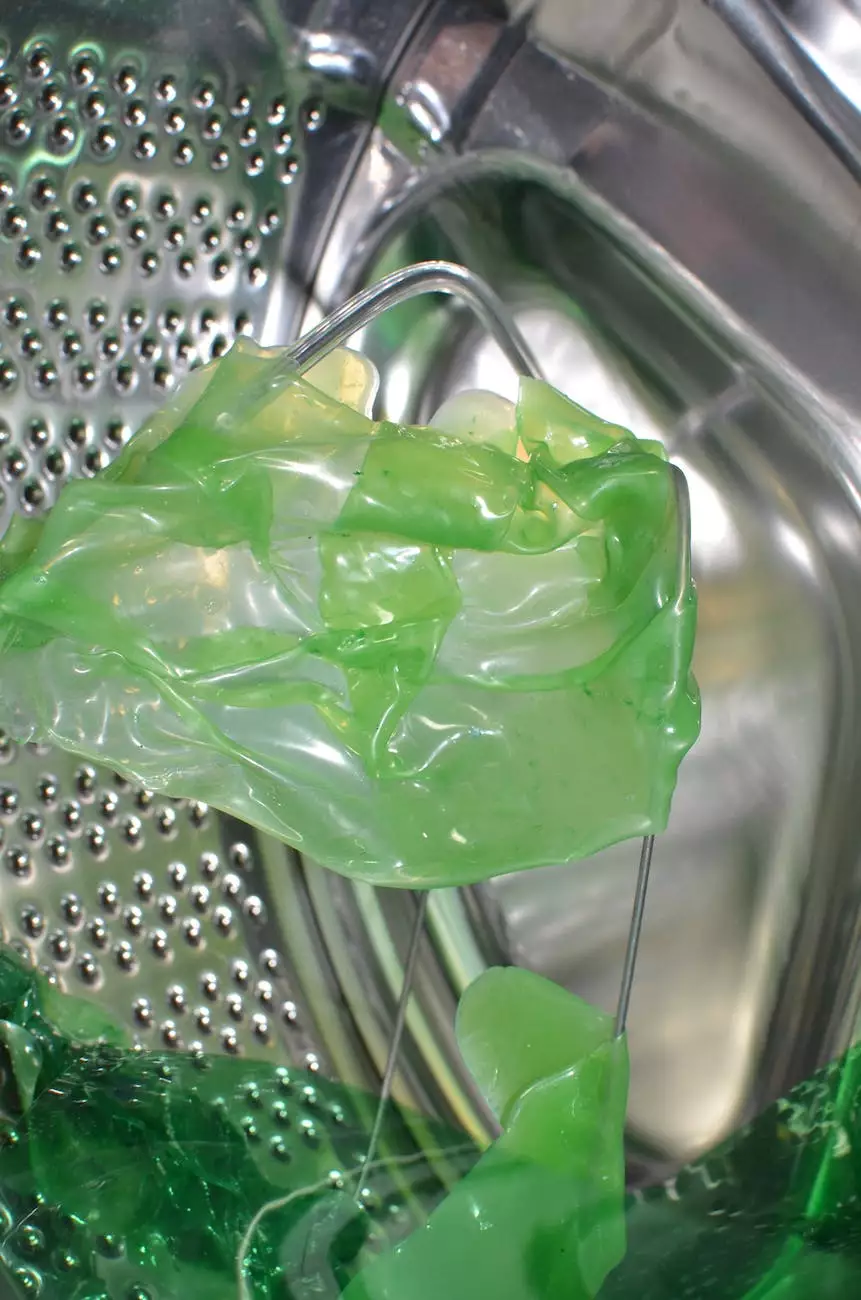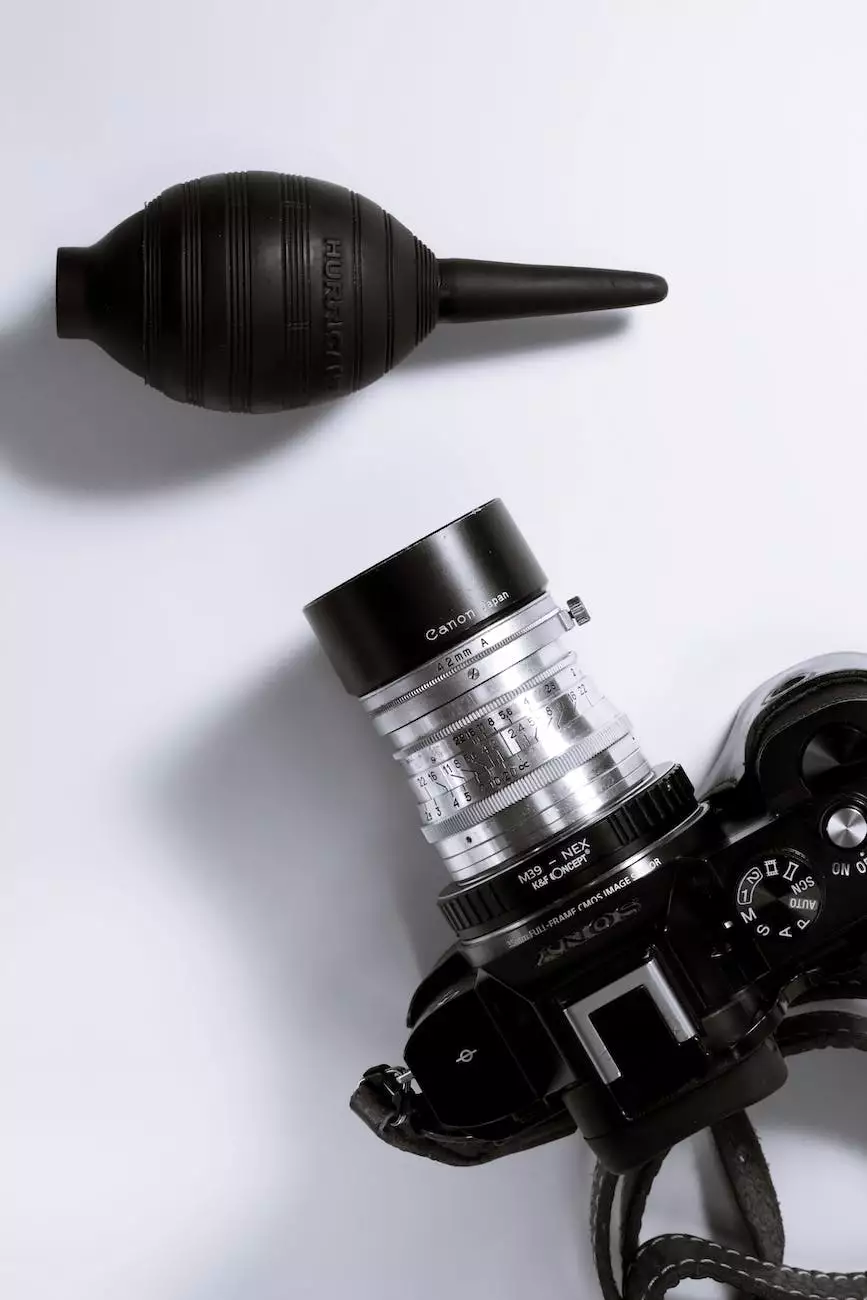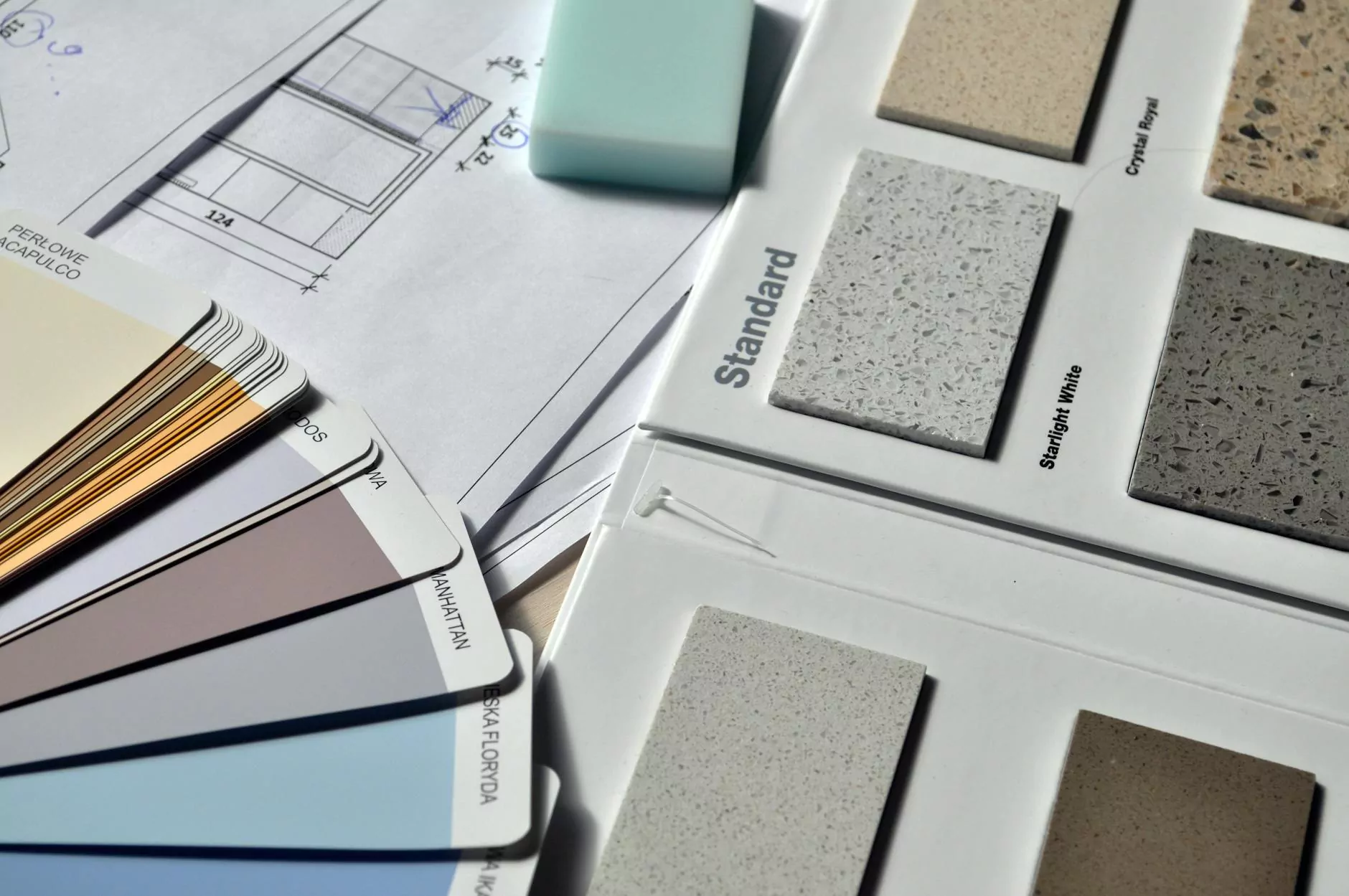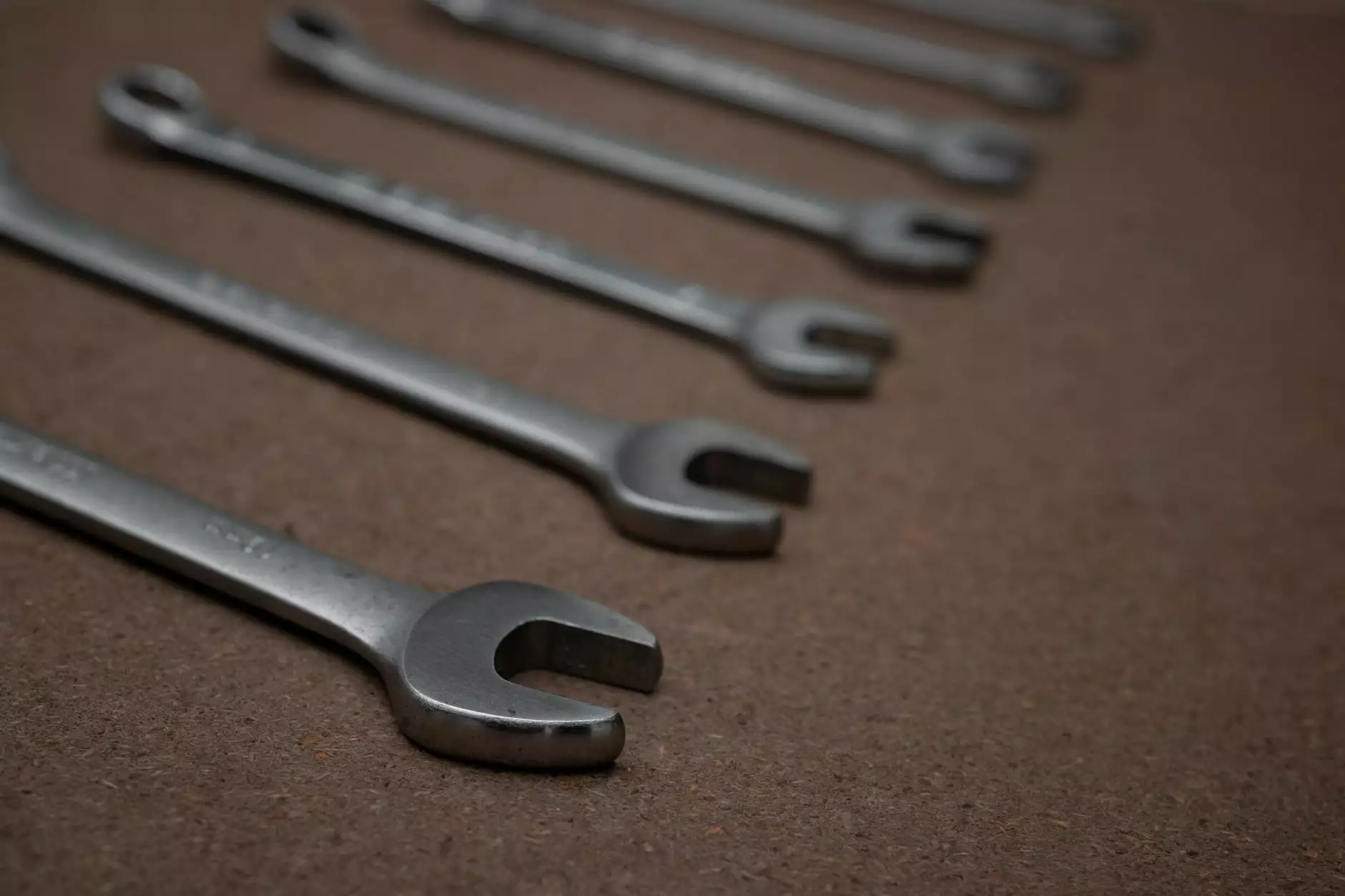Testing for and Troubleshooting Causes of Dragging / Sticking Brakes
Chassis
At Grafco Electric, we understand the frustration and safety concerns that come with dragging or sticking brakes. These issues not only affect the performance of your vehicle but can also lead to increased wear and tear, reduced fuel efficiency, and potential accidents. That's why we have created this comprehensive guide to help you effectively test and troubleshoot the causes of dragging or sticking brakes.
Common Causes of Dragging / Sticking Brakes
Before we dive into the testing and troubleshooting methods, it's essential to familiarize yourself with the common causes of dragging or sticking brakes:
- Worn brake pads or shoes
- Corroded brake calipers
- Stuck brake pistons
- Contaminated brake fluid
- Frozen brake hardware
- Warped brake rotors or drums
Testing Methods
To accurately diagnose and resolve dragging or sticking brake issues, you will need to conduct several tests. Here are some of the most effective testing methods:
Visual Inspection
Start by visually inspecting the brake components including the brake pads, calipers, rotors, and drums. Look for any signs of wear, corrosion, or damage. If you notice any abnormalities, it's crucial to address them promptly.
Brake Pad Clearance Measurement
Using a brake clearance gauge, measure the clearance between the brake pads and the rotors. If the clearance is too small or non-existent, it indicates that the brake pads are dragging against the rotors, causing excessive friction and heat.
Brake Caliper Inspection and Lubrication
Inspect the brake calipers for signs of corrosion, sticking pistons, or restricted movement. If any issues are present, clean the caliper assembly thoroughly and lubricate the sliding points with a high-temperature brake grease to restore proper functionality.
Brake Fluid Analysis
Contaminated brake fluid can lead to brake dragging or sticking. Perform a brake fluid analysis using a brake fluid tester to check for moisture content and contaminants. If the fluid fails the analysis, it's time to flush and replace it.
Rotors and Drums Measurements
Measure the thickness and runout of the brake rotors or drums using a micrometer and dial indicator. Excessive thickness variation or runout indicates the need for resurfacing or replacement.
Troubleshooting Methods
Once you have conducted the tests and identified the cause of the dragging or sticking brakes, it's time to troubleshoot and resolve the issue. Here are some troubleshooting methods:
Brake Pad Replacement
If the brake pads are worn beyond their recommended thickness or have uneven wear patterns, replace them with new ones. Make sure to use high-quality brake pads that are compatible with your vehicle.
Caliper and Piston Repair
If the brake calipers or pistons are corroded, damaged, or sticking, repair or replace them as necessary. Properly functioning calipers and pistons ensure smooth movement and prevent dragging or sticking.
Brake Hardware Maintenance
Check and clean the brake hardware, including springs, clips, and shims. Replace any worn or damaged hardware to ensure proper movement and prevent unwanted friction.
Brake System Bleeding
If contaminated brake fluid is causing dragging or sticking, bleed the brake system to remove air and contaminants. Always use the recommended brake fluid type for your vehicle.
Conclusion
Dragging or sticking brakes can significantly impact your vehicle's performance and safety. By following the testing and troubleshooting methods outlined in this guide, provided by Grafco Electric, you can effectively diagnose and resolve these issues, ensuring optimal brake performance and peace of mind.
